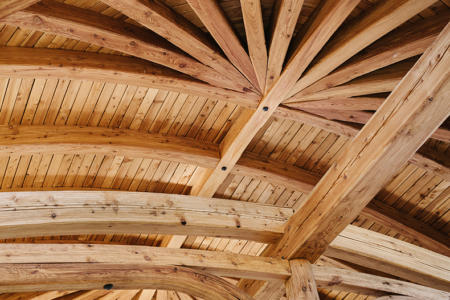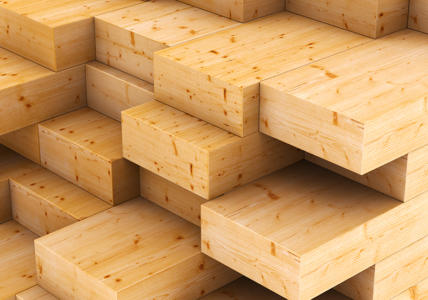IOM3 Training Academy has recognised that individuals may wish to gain information about a specific aspect of wood technology or the timber industry and has created a number of standalone, short, distance learning courses.
Learners completing one of more of these courses will receive a certificate of completion from IOM3 Training Academy and the courses are approved for CPD. These courses are especially useful for those working in the timber and allied industries or for other professionals working in the construction industry.
Sustainability and legal training of timber
- Establish the relationship between carbon and timber supply
- Identify the elements of life cycle assessment
- Explain why forests are of environmental importance
2. Understand the key influencers of responsible and legal timber sourcing
- State the key policies, schemes and legislation influencing responsible sourcing of timber
- Identify the purpose and elements within a chain of custody
- Identify the main participants with a chain of custody
- Name the two main timber certification schemes in use in the UK
- Compare the two legal frameworks that control trading of timber
- Identify the elements within ‘due diligence’ requirements when trading timber
- Outline how trade in endangered species is controlled
Understand how wood as a material is related to end use
- State the importance of correct name specification
- Distinguish the surfaces exposed when timber is converted
- Explain the significance of sapwood, heartwood, early wood and late wood for the specification and use of timber
- Describe a piece of timber in terms of its gross physical features
- State the basic function of principle cells
2. Understand the reasons for timber movement
- State what is meant by density and how it relates to a particular timbers use
- Account for the behaviour of timber subjected to changes to moisture content
- Distinguish between shrinkage and movement of timber
3. Understand the British and European norms when specifying timber for particular end uses
- Identify the factors that give rise to variability of permeability
- Differentiate between the organism that degrade timber, prevention and remedies
- State the headings for durability ratings, giving examples of hardwood and softwood timbers with each durability class under standards
- Suggest an example application/end use situation for each of the Use Classes within current Standards
- Outline the main woodworm/beetles responsible for timber degrade
4. Understand the effect of loads on timber in use
- Distinguish between the main strength properties of timber
- State the factors affecting the strength properties of timber
- Differentiate between the deflection stresses within timber beam in use: compression, tension, shear, bending
Understand softwoods and their appropriate use
- Identify the main geographical origins of softwood growth and supply
- Distinguish between natural and plantation supply
2. Understand how machining affects the finished sizes of commercially available softwood
- Detail standard sizes of sawn stock available from world sources noting how further machining affects the finished dimensions
- Clarify the abbreviations and terms commonly used to describe planed timber stock and explain the differences
3. Understand the main grading systems and how the grade affects end use
- Distinguish between commercial/appearance grading and strength grading systems
- State how the determined grade affects its end use
- Outline the main available grades in Europe, North America and South America
- Summarise the uses for commercial grades of European Softwood
4. Understand the relationship between timber specification and end use applications
- Compare the main commercial softwoods in terms of their physical properties and characteristics and how this relates to end use
- Explain why the softwoods origin, species, properties, characteristics, grade and price dictates suitability for various end use environments
Understand the main hardwoods used in the UK and their end use
- Identify the main types of hardwood forest in the world
- Identify the structure and character of each type of hardwood forest
- Name the major sources of supply of hardwoods to the UK market and the forms in which it is traded
2. Understand the main aspects of hardwood specification
- Describe the features relevant when specifying hardwoods. Including dimensions, moisture content and grades
- Outline the methods available for the grading of hardwoods
3. Understand the relationship between end use and timber species
- Specify timbers for given purpose, ensuring the timber properties are suitable for the end use environment
- Compare the properties of five distinctive groups of hardwoods, based on their geographical origin, colour or density
- Comment on the properties of important hardwoods
The courses cost £195 each, plus VAT at 20% where appropriate. IOM3 members and subscribers to our Business Partner Programme are entitled to a discount of 10% on the course fee.
Book now to start your training





